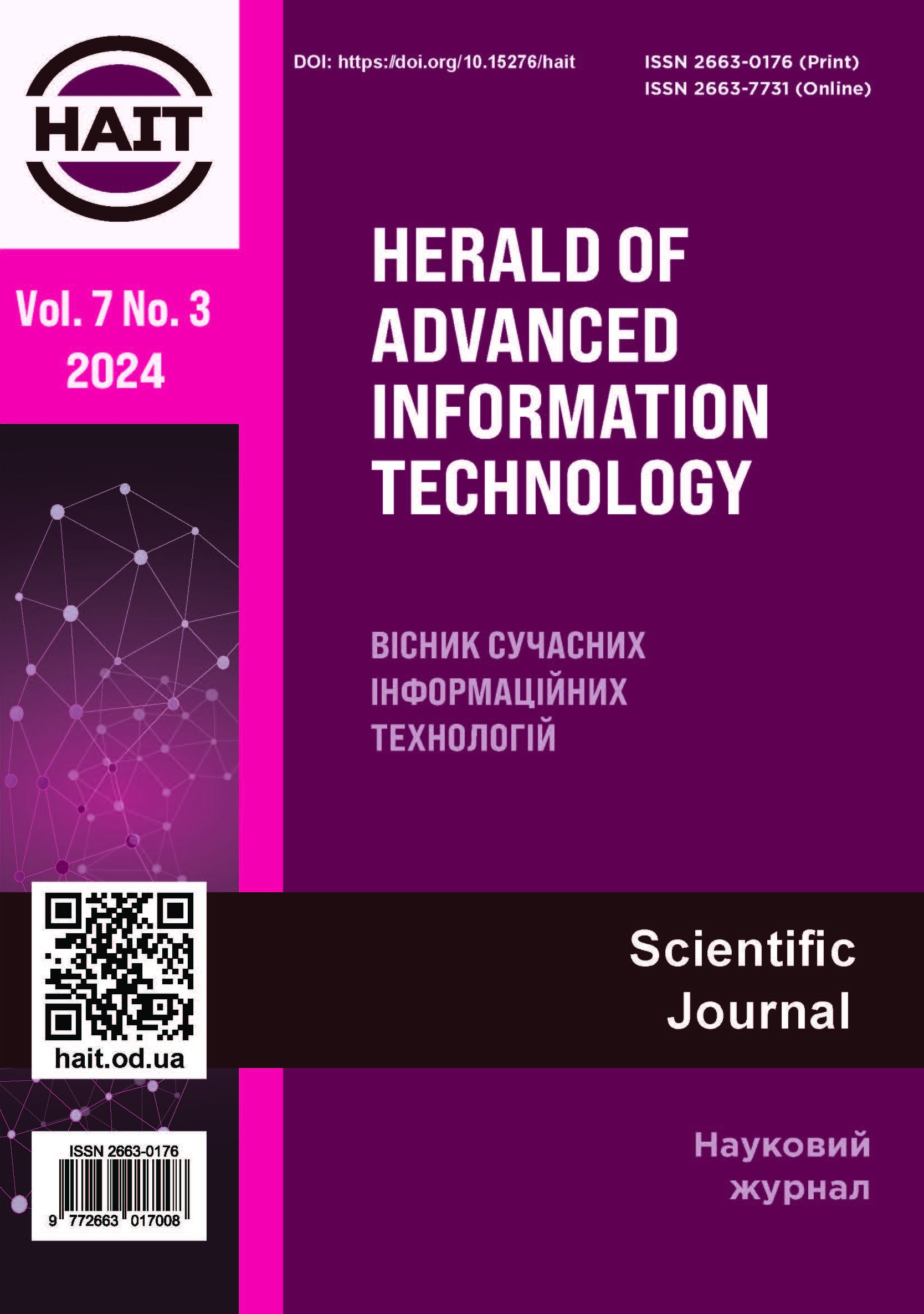Quality control of functioning of the structure “object-thermoelectric cooler-heat sink” of the system of providing thermal modes
DOI:
https://doi.org/10.15276/hait.07.2024.22Keywords:
Reliability indicators, dynamic characteristics, mass and dimensions, temperature difference, current modeAbstract
The analysis of the mathematical model of the system of providing thermal modes with the use of thermoelectric cooling to assess the influence of the conditions of heat exchange of the heat sink with the medium on the main parameters, reliability indicators and dynamic characteristics of a single-cascade thermoelectric cooler at a given temperature level of cooling, medium temperature, geometry of branches of thermoelements for different current operating modes is considered. The results of calculations of the main significant parameters, reliability indicators, dynamic and energy characteristics of a single-cascade cooler and heat sink of the selected design at a given temperature level of cooling, medium temperature, thermal load, geometry of branches of thermoelements for various characteristic current operating modes are given, when the conditions of heat exchange on the heat sink of the given design under variation of the heat transfer coefficient. It is shown that with the increase of air flow velocity on the heat sink the heat transfer coefficient increases and thus the temperature drop on the heat sink of the thermoelectric cooler with the medium decreases, which allows to significantly reduce the relative failure rate of the cooler and thus increase the probability of failure-free operation of the whole device. When operating a system for providing thermal modes comprising a cooling device, a heat sink, and an electric fan used for dissipating heat output to the environment, different modes of operation of the electric fan (air flow rate) can be used. With the increase in air flow rate of the electric fan increases the velocity of air flow in the live section of the heat sink of a given design, which leads to an increase in the heat transfer coefficient. This, in turn, makes it possible to reduce the temperature drop at a given design of the system for ensuring thermal modes. The possibility of control of reliability indicators, namely, relative intensity of failures and probability of failure-free operation of thermal mode systems of different designs (current modes, number of thermocouples, surface area of the heat sink) at a given cooling level (medium temperature, thermal load, geometry of thermocouples) under changing conditions of heat exchange of the heat sink with the medium is considered.








